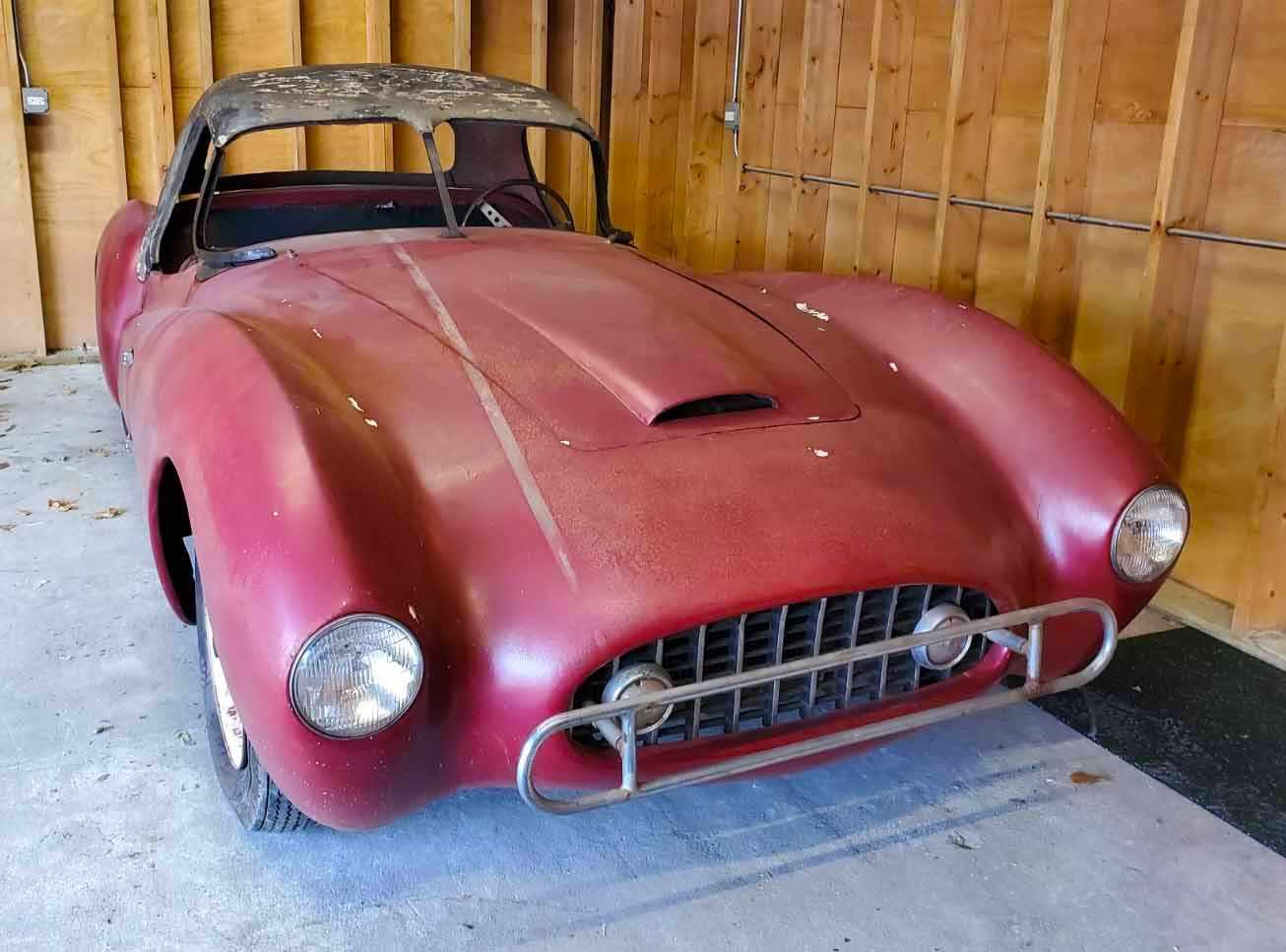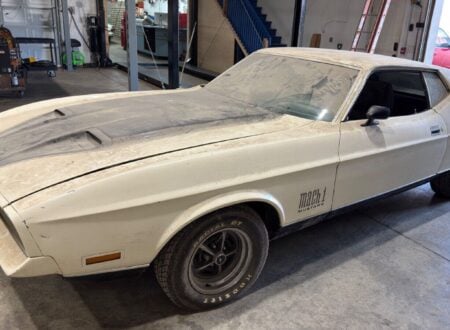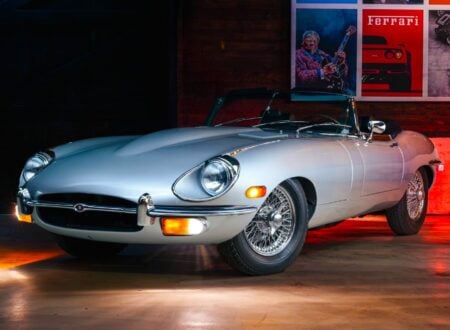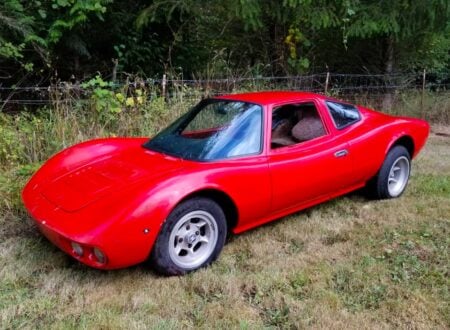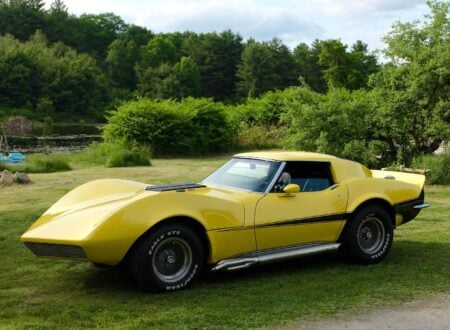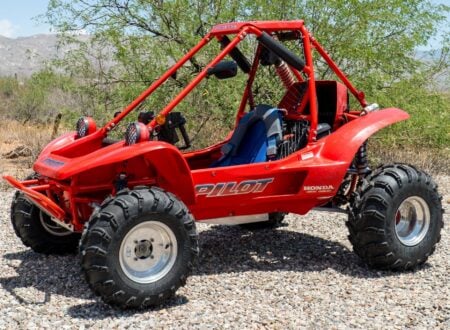This is a rare 1954 Victress S1A Roadster, it’s an American sports car you might never have seen before – but Victress deserves to be much better known today than it currently is.
This Victress S1A was built on a custom tubular steel frame, it has DeDion rear suspension, and it’s powered by an Oldsmobile Rocket V8 engine that turns over according to the seller. It’s said to have been built by a team of engineering students out of Madison, Wisconsin and raced at Road America in the 1960s.
Fast Facts: The Victress S1A Roadster
- The 1954 Victress S1A Roadster represented one of the most striking early American fiberglass sports cars. Built on a custom tubular frame, it has DeDion rear suspension and an Oldsmobile Rocket V8. This particular example is believed to have been assembled by engineering students in Wisconsin and briefly raced at Road America during the 1960s.
- Victress Manufacturing was launched in Southern California in the early 1950s by Doc Boyce-Smith joined by Merrill Powell, as part of the postwar boom in lightweight fiberglass cars. The company supplied bodies to enthusiasts who could adapt them to American chassis, making exotic sports styling more accessible without requiring factory-level budgets.
- The S1 and its 1954 update, the S1A, became the company’s signature models, remembered for their long-hood, short-deck proportions and racing-inspired designs. The S1A was larger and more refined, with flexible wheelbase options, and was often used competitively. Hollywood movie exposure boosted the brand, with appearances in “Johnny Dark” and ownership by “Leave It to Beaver” star Hugh Beaumont.
- Victress later produced models like the smaller S4 and the C2 and C3 coupes, expanding into dragster shells and attracting attention from major automotive magazines. Despite a reputation for quality, the company was eventually absorbed by LaDawri Coachcraft in the early 1960s.
History Speedrun: Victress
Victress Manufacturing was one of the early American fiberglass car companies, formed in Southern California in the early 1950s. Founded by Merrill Powell and Doc Boyce-Smith, the firm came out of the postwar enthusiasm for lightweight, affordable sports cars at a time when fiberglass was being hailed as a futuristic material for automobile bodies – much like carbon fiber is today.
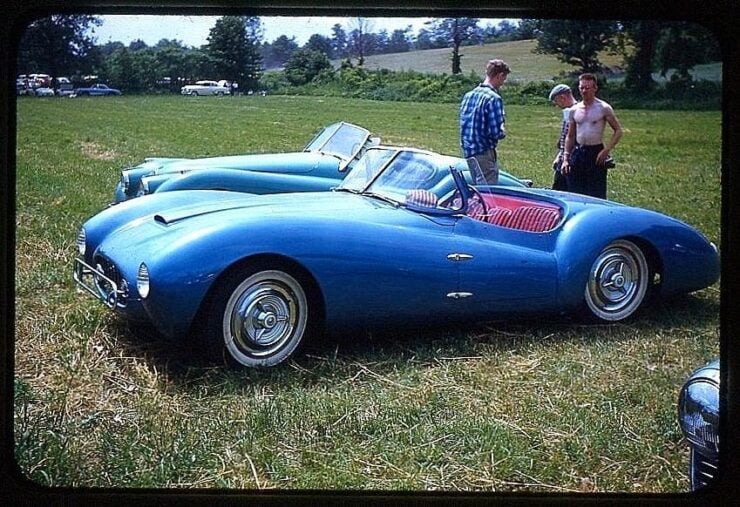

Unlike major manufacturers, Victress focused on supplying bodies that homebuilders and specialty shops could mount on existing chassis – opening the door for custom sports car ownership without factory-level budgets.
The company’s first design, the Victress S1, debuted in 1952 and made an immediate impact – with its long hood, short deck proportions, and sweeping fenders, the S1 bore a passing resemblance to contemporary Ferraris and Jaguars, but it was distinctly American in its conception.
The car was designed to accept a 99 inch wheelbase, making it suitable for many domestic American chassis, and the fiberglass body construction meant that it weighed significantly less than a typical steel body. In 1954, the design was revised into the S1A, the best-known of all Victress models and the one most often remembered as the company’s signature car.
The S1A was a larger and more refined version of the original S1, with a wheelbase of 99 to 102 inches, offering more interior room and flexibility for builders. The styling was clean and low, with a tapered nose, cut-down doors, and an overall look that seemed ready for racing – and many owners did in fact take it racing.
The Victress S1 And “Leave It to Beaver”
One of the S1’s claims to fame came when actor Hugh Beaumont, of Leave It to Beaver fame, bought one for his own personal use, giving the car a brush with Hollywood celebrity and resulting in it appearing in the society pages on a number of occasions – this helped further elevate the profile of Victress.
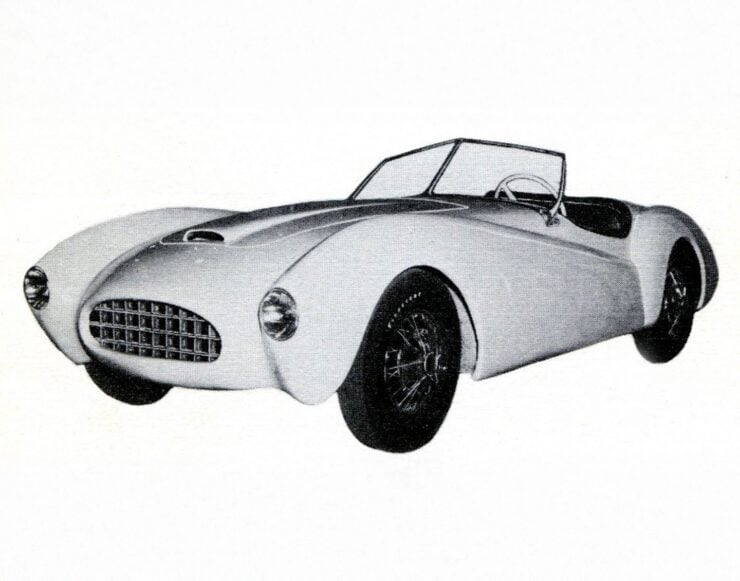

Another S1 enjoyed a moment of Hollywood stardom when it appeared in the 1954 film Johnny Dark, starring Tony Curtis and Piper Laurie. The movie, centered around sports car racing, used the Victress as one of the main competition cars – giving the company invaluable exposure to a national audience.
The Victress S1 and S1A’s body was also used in record-breaking speed runs when used as the basis for Bonneville Salt Flat racers, its low weight and excellent aerodynamics made it ideal for the application.
Over time, Victress expanded its lineup beyond the S1 and S1A to appeal to a wider range of enthusiasts and use cases. The S4, introduced in 1954, was a smaller car intended for shorter wheelbases around 85 inches.
It offered similar styling in a more compact package, making it better-suited for builds based on smaller chassis like those from MG and Triumph. Around the same time, the company launched the C2 and C3 coupes, both aimed at those who wanted the practicality of a fixed-roof GT car rather than a roofless roadster.
The C2 had a fastback roofline with a long hood, while the C3 was slightly more practical with its 94 inch wheelbase and its roomier cabin. Victress even experimented with dragster bodies, selling streamlined shells to racers looking for aerodynamic fiberglass solutions in the mid-1950s.
Through the decade, Victress earned a reputation as one of the most professional operations in the kit car field. Their designs appeared in Hot Rod, Road & Track, and Motor Trend magazines – Victress became known for supplying bodies that not only looked good but were also solidly built and reliably proportioned to fit correctly – something many of the fly-by-night fiberglass car companies of the time couldn’t match.
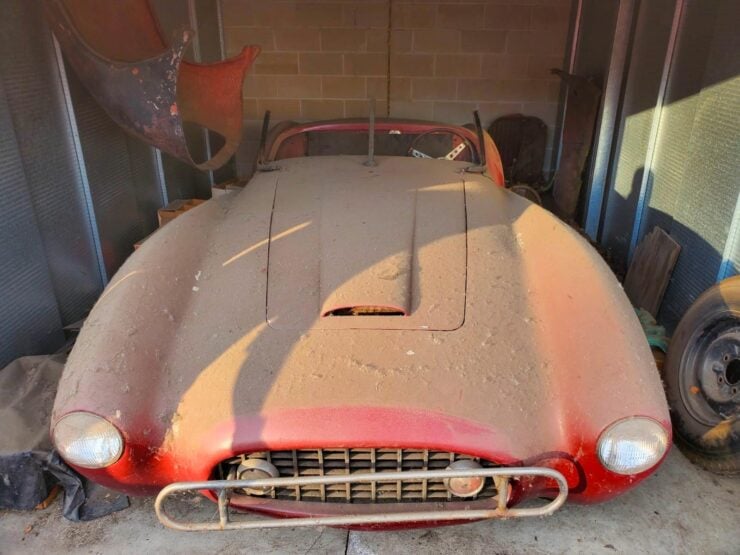

Like many fiberglass car startups, the company faced challenges in scaling production and maintaining steady revenue. By the early 1960s, Victress’ molds and assets were sold to Les Dawes of LaDawri Coachcraft, another fiberglass body manufacturer who continued producing several of the Victress designs under his own brand.
Today the surviving Victress cars are rare and highly regarded and much sought after in certain circles, not only for their looks but also for what they represent – a brief but influential chapter in the story of postwar American sports cars and American composite coachbuilding.
The 1954 Victress S1A Roadster Shown Here
The car you see here is a 1954 Victress S1A that is said to have been built by a team of engineering students out of Madison, Wisconsin – it’s also said to have been raced at Road America in the 1960s, albeit only briefly.
It was originally built with a manual transmission, though this has now been swapped out for an automatic box. Power is provided by an Oldsmobile Rocket V8 engine that apparently turns over and power is sent back through an unusual rear end with a DeDion rear suspension arrangement and inboard drum brakes.
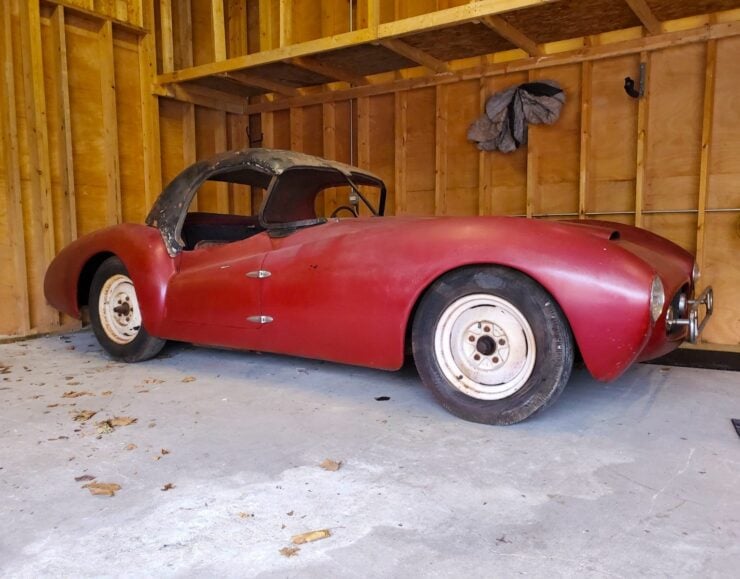

The car rides on a custom tubular steel chassis, though it’s clear from the images that the whole car and chassis is going to need a full restoration – it’s obviously been sitting unused for decades. That said, for the right person or team this could mark the beginning of a very rewarding project.
The car is now being offered for sale on eBay out of Downers Grove, Illinois by Vintage Cycle Garage Exclusive, and you can visit the listing here if you’d like to read more or place a bid.
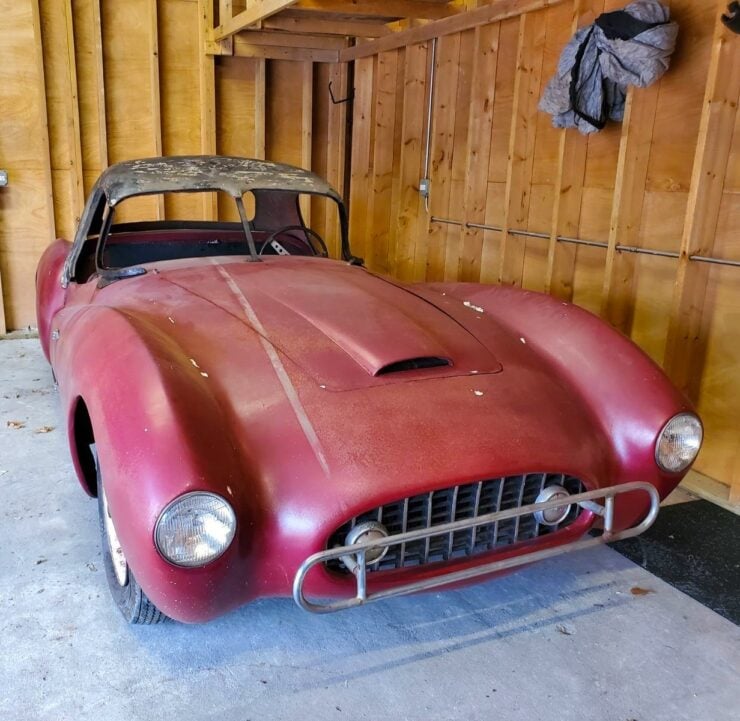
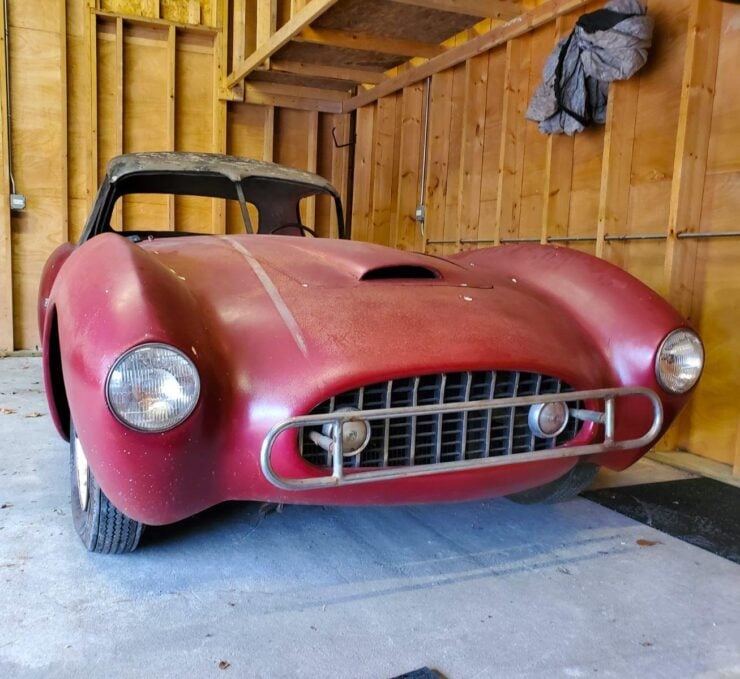
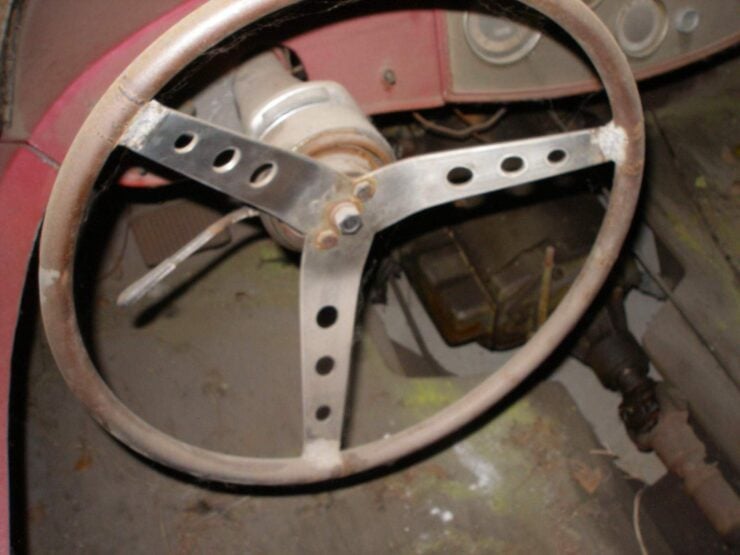
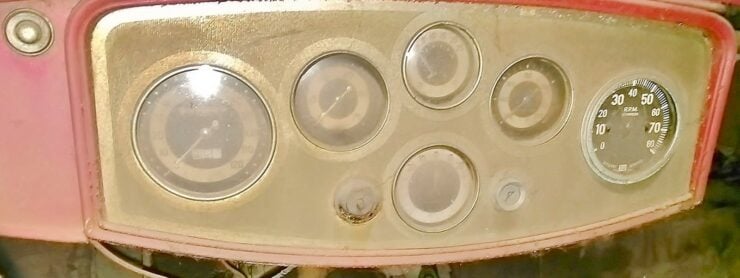
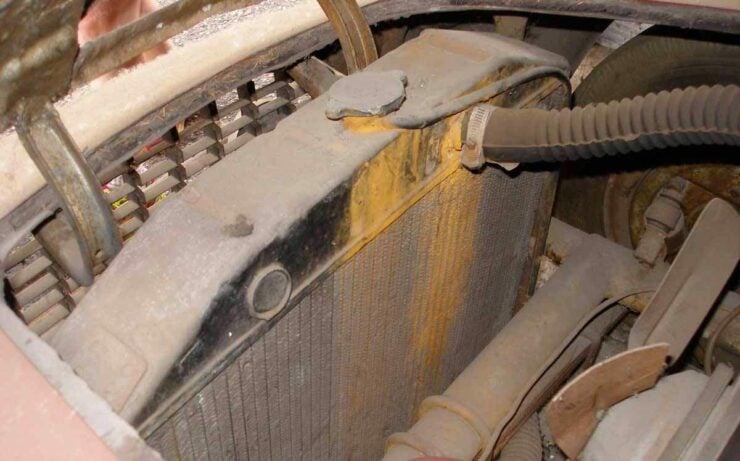
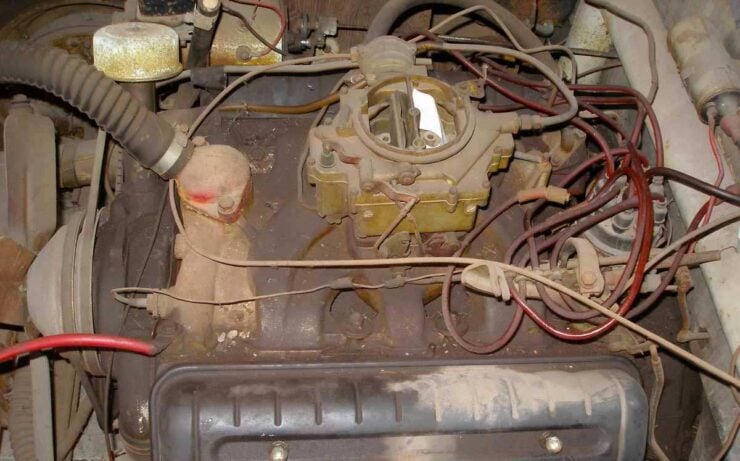
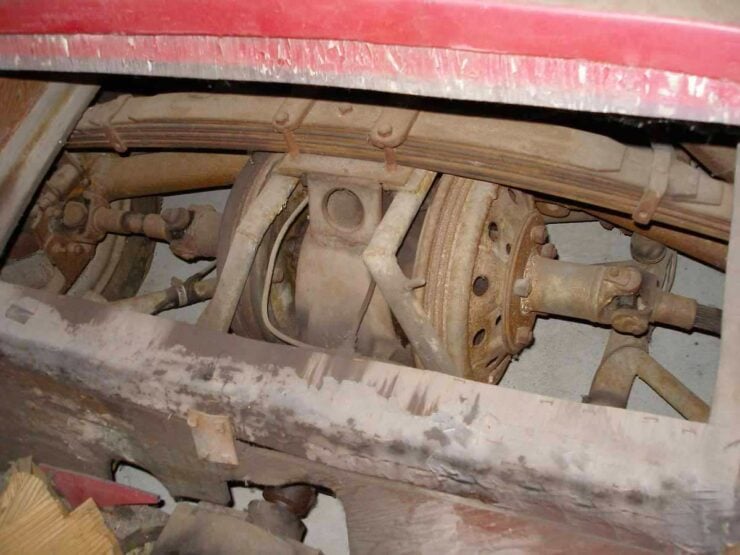
Images courtesy of Vintage Cycle Garage Exclusive

